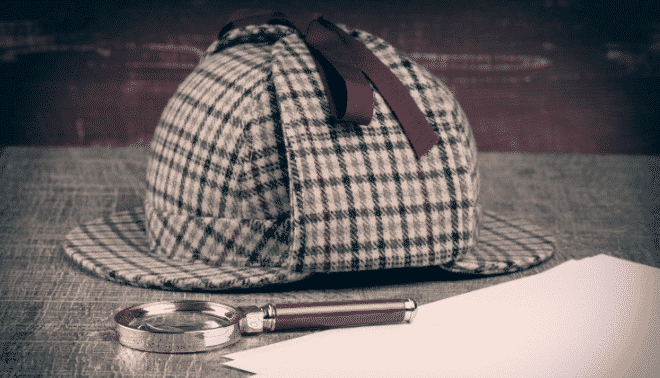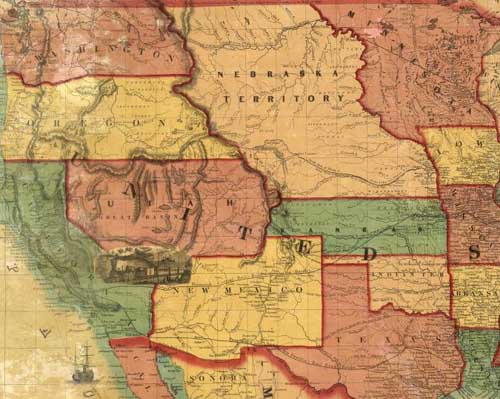
Researching your family history is not nearly as elementary as Sherlock Holmes might make it seem, but that doesn’t mean we can’t tap into our inner private detectives and solve a few family mysteries.
Use Indirect Evidence
When it seems like the records are flowing like wine, it can be a bit of a shock when the well dries up. Just because some records may have been destroyed or never existed doesn’t mean there might not be alternative resources and indirect evidence. Indirect evidence covers all those items that reveal the information you’re seeking, even if no primary record can be located. For example, you might not be able to find a birth record, but you can still determine a year of birth based on other resources, such as the census, marriage or a death record. Gather as many records as you can to support your theory.
Use Historical Maps To Solve Research Problems

If you’re looking to find an ancestor who has gone missing, look up their last known location on a historic map. What route would an ancestor have had to take to get from where they were to where their descendants settled? Is it possible that someone stopped for a few months or even a few years? Following those routes can offer you some idea of where to research local records along their route. Maps can also help determine between two people of the same name based on their location in reference to others.
Sanborn fire insurance maps are another way you can use maps to pinpoint ancestors and determine the planning that went into a neighborhood and reveal details about your ancestor’s community and how it evolved over time.
Make the Most of Timelines
You can use your genealogy software or timelines generated in your online trees to reveal gaps in your records, but don’t just use the timeline for that individual. Compare timelines between relatives to form new clues where to research and fill in local and global events to see if those inspire new leads. Wars don’t just generate military records; they also create new jobs and community events, which can lead to more clues about your ancestor’s whereabouts. Use seasonal events, such as holidays, to see if there are corresponding records of parades, church services, dances or charity events listed in church bulletins or old newspapers. Often, libraries have a local collection focused on the community’s history.
Think Creatively
As you can see from using timelines, it pays to get creative. Brainstorm a list of possible records that might exist for the ancestor you’re researching. Mind mapping is another way you can use visual aids to spark up new clues and leads to follow.
If you want to get really into it, try imagining yourself in your ancestor’s shoes. Ask questions such as:
- What would a typical day look like for them?
- What route would they take to work or school?
- What songs would they have heard on the radio?
- How and where would they go to socialize?
- Where would they have shopped?
Think about what would have been on their minds based on their age and the events surrounding them. Teenagers and young adults might think about what they want for their future, getting their first paychecks, or saving up for a house. By putting yourself in their shoes even for a mundane day, you can build a better picture of what they experienced—and break through those brick walls.
Last updated: November 2024




